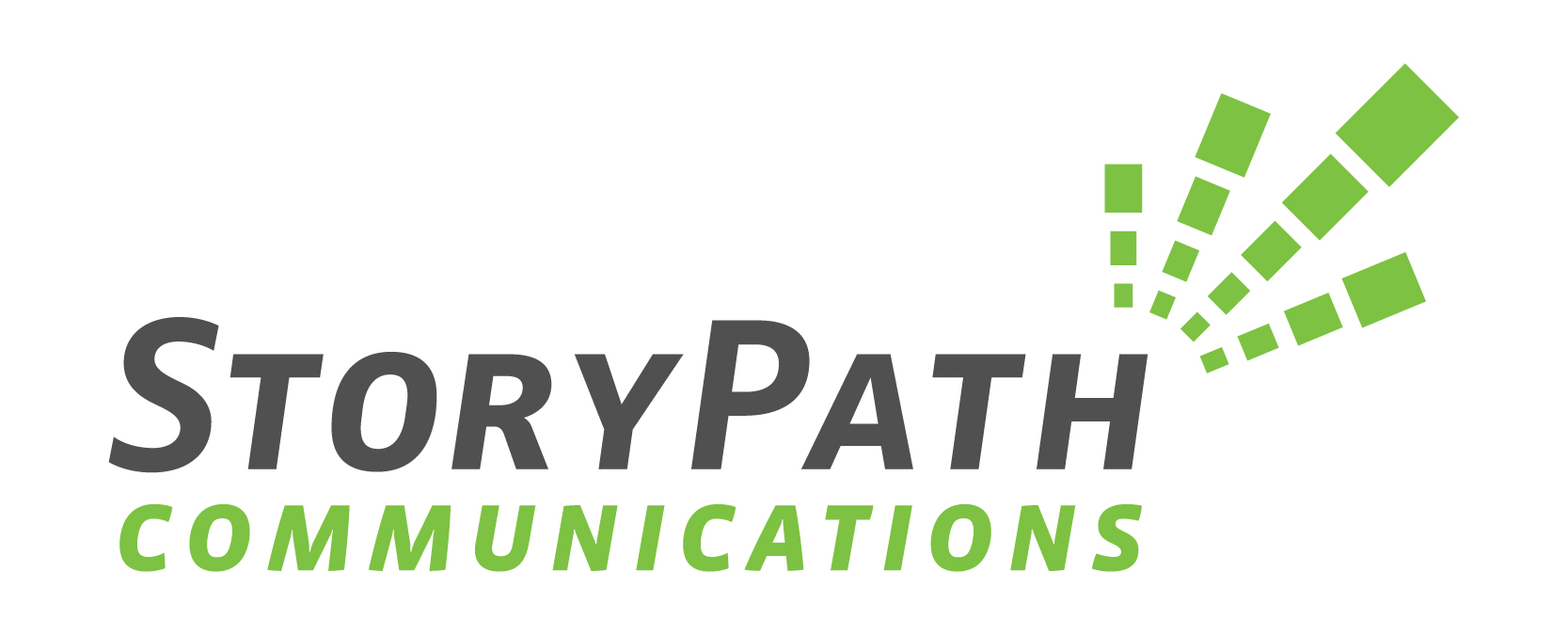Let’s pretend we’re on a short fishing trip. What are you trying to catch? If you say, “I’ll take anything with a head and a tail,” you might end up with a turtle or even a snake on the end of your line. That’s probably not really what you want on your fishing excursion, is it? You could narrow it down and say, “A fish with a head and a tail.” That’s a little better, but what if that fish is a baby perch that’s really only good for bait, and what you really want is a fish you can fry for dinner? Now we’re getting closer. You want to catch a fish for dinner, so you need one that tastes good and is large enough to keep, clean, and cook. Now that you’ve narrowed that down, you have a better idea of where to fish, what bait to use, and how deep to drop your line.
The same goes for your marketing efforts. If you start with casting a wide net and will settle for anyone with eyeballs, you may end up with customers who aren’t a good fit for your business. Maybe they don’t have the budget for what you’re selling, or maybe they simply don’t need it. You spent time, effort, and money to get your organization in front of them, and now you might spend more time and more effort discovering that they’re not a good fit.
One of the first steps of any communications plan or any marketing task is to define your audience. Who are they? What matters to them? What’s their biggest point of pain? To answer those questions, you can do some basic demographic research, talk to your staff and board members to gather their input, and also ask your audience directly.
Who are they?
Start by listing all of your different audiences, which may include the people your nonprofit serves, corporate partners, prospective donors, potential and current volunteers, etc. For small businesses, your audiences may include potential clients, referral partners, prospective employees, business investors, and more. Then, dig into the basic demographic details about each different audience — age, gender, income level, where they live, company size, company revenue, industry, etc.
What matters to them?
Once you know the basic audiences and a little bit of demographic information, it’s time to talk about psychographics, or what matters to your audience. Do they care about animals, the environment, or education? Are they looking to grow their business dramatically in the next year, or are they trying to maintain status quo? Are they more interested in volunteering their time than donating money? Recognizing what matters to your audience and then incorporating that in your communications efforts is an important part of ensuring you catch the right fish.
What’s their biggest point of pain?
This question goes just a little deeper than what matters to your audience, and it can include literal or figurative pain. Is your small business audience losing sleep at night because they know most small businesses fail? Are you trying to reach an audience of single mothers worried about where their next meal is coming from? Knowing the pain points for your audience can help you tailor your message to address those pain points.
If you’re currently casting a wide net with your marketing, we encourage you to take a step back to ask these questions and better refine your audience. Need help? Give us a call to discuss your needs.

